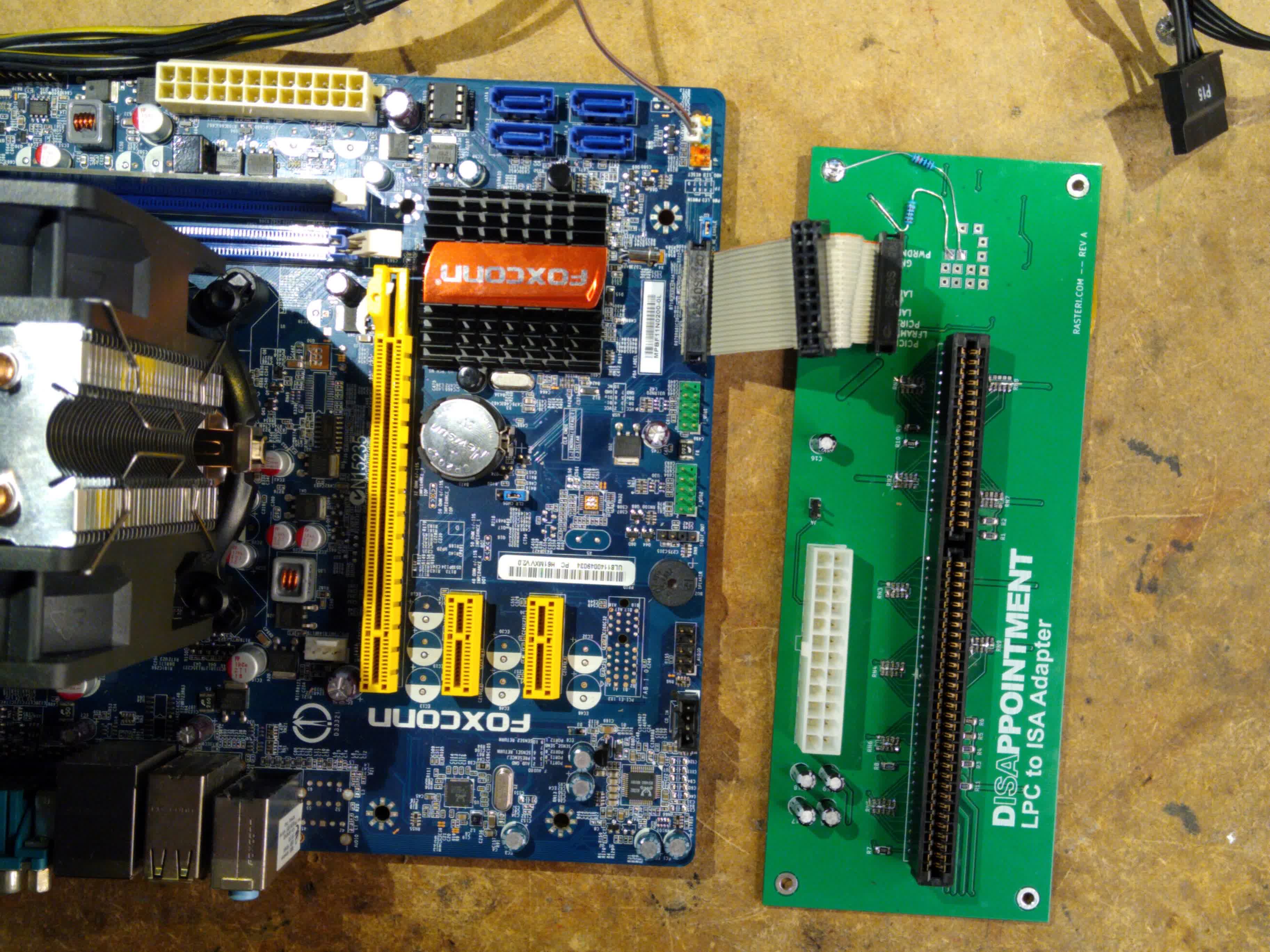
In today’s rapidly evolving world of transportation, the concept of independent vehicles is beginning to revolutionize the way we think about mobility. These self-driving vehicles represent a groundbreaking technological advancement that holds the promise of reshaping our daily lives and the way we move from place to place.
Imagine a future where you can simply input your destination, settle back in your seat, and let an autonomous vehicle take the wheel. https://bet88visa.org/ This level of convenience and efficiency has the potential to not only streamline our commutes but also significantly reduce traffic congestion and improve road safety. Independent vehicles have the power to transform our relationship with transportation, offering a glimpse into a future where mobility is not only autonomous but interconnected, intelligent, and eco-friendly.
The Rise of Independent Vehicles
In recent years, independent vehicles have emerged as a groundbreaking innovation in the automotive industry. These vehicles, equipped with advanced technologies such as artificial intelligence and sensors, are redefining transportation as we know it. By removing the need for human intervention, independent vehicles offer a glimpse into a future where mobility is seamless and efficient.
One of the key drivers behind the rise of independent vehicles is the quest for increased safety on the roads. With the ability to constantly analyze their surroundings and make split-second decisions, these vehicles have the potential to drastically reduce accidents caused by human error. This emphasis on safety has garnered interest from both consumers and regulatory bodies, paving the way for the widespread adoption of independent vehicles.
Furthermore, independent vehicles are reshaping the concept of travel itself. Commuters are no longer bound by traditional modes of transportation but instead have the freedom to work, relax, or engage in other activities while on the move. This shift in mindset is not only redefining the passenger experience but also opening up new possibilities for urban planning and infrastructure development.
Challenges and Opportunities
When it comes to independent vehicles, there are certainly various challenges that need to be addressed. One of the key obstacles is establishing a comprehensive regulatory framework to ensure the safety and accountability of these autonomous machines. Additionally, the lack of uniform infrastructure for independent vehicles poses a practical challenge in terms of navigation and efficiency.
On the flip side, the rise of independent vehicles presents an array of exciting opportunities. These innovative modes of transportation have the potential to revolutionize urban mobility by reducing congestion and emissions. Moreover, the advent of independent vehicles could lead to new business models and economic opportunities in the automotive industry, paving the way for enhanced customer experiences and services.
Future Implications
The future of independent vehicles looks promising. As technology continues to advance rapidly, we can expect to see more sophisticated autonomous features integrated into these vehicles. This will not only enhance safety on the roads but also improve overall efficiency in transportation systems.
With the rise of independent vehicles, we may witness a shift in how we perceive car ownership. Shared autonomous fleets could become more prevalent, reducing the need for individuals to own personal vehicles. This shift could have significant implications for urban planning and the automotive industry as a whole.
As independent vehicles become more mainstream, there will be a growing emphasis on connectivity and data sharing. Vehicle-to-vehicle communication and integration with smart city infrastructure are likely to shape the future landscape of transportation. This interconnected ecosystem holds the potential to revolutionize the way we travel and interact with our environment.
